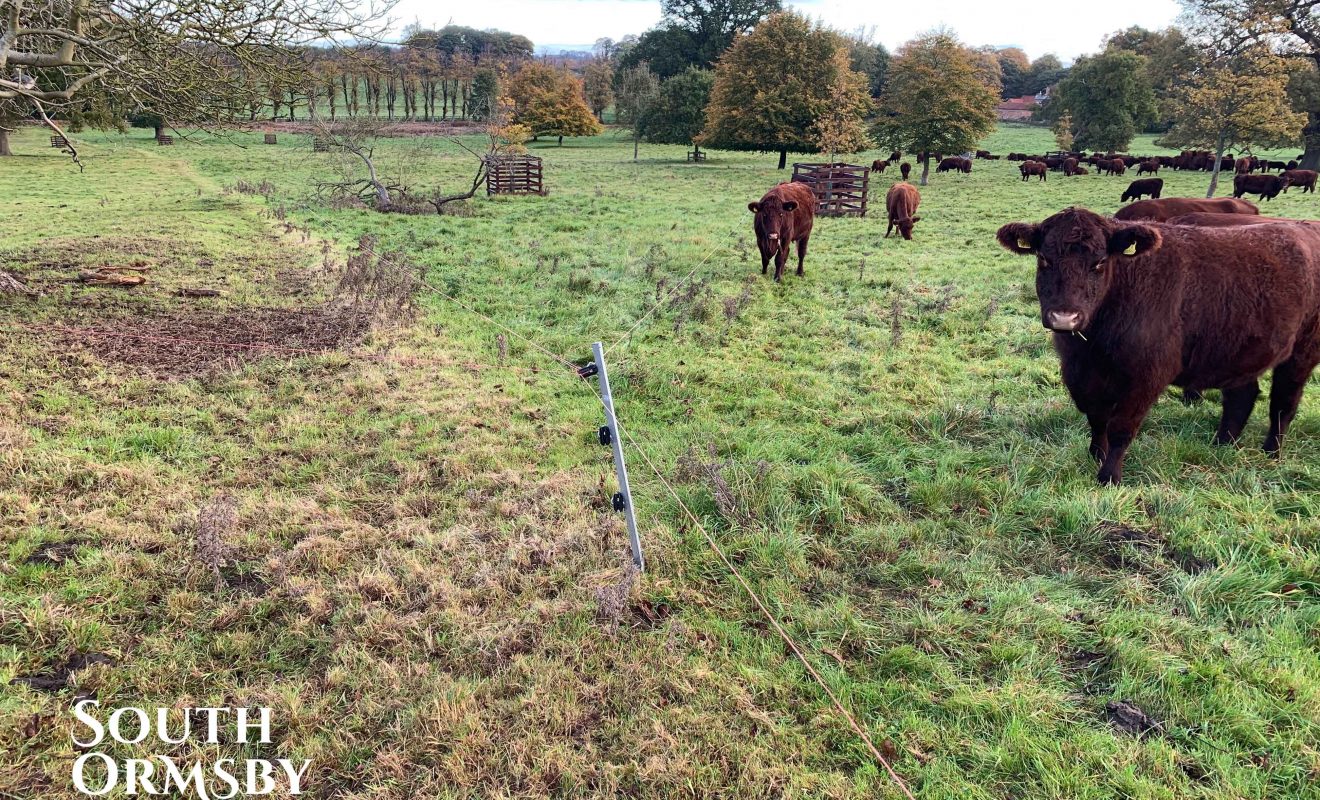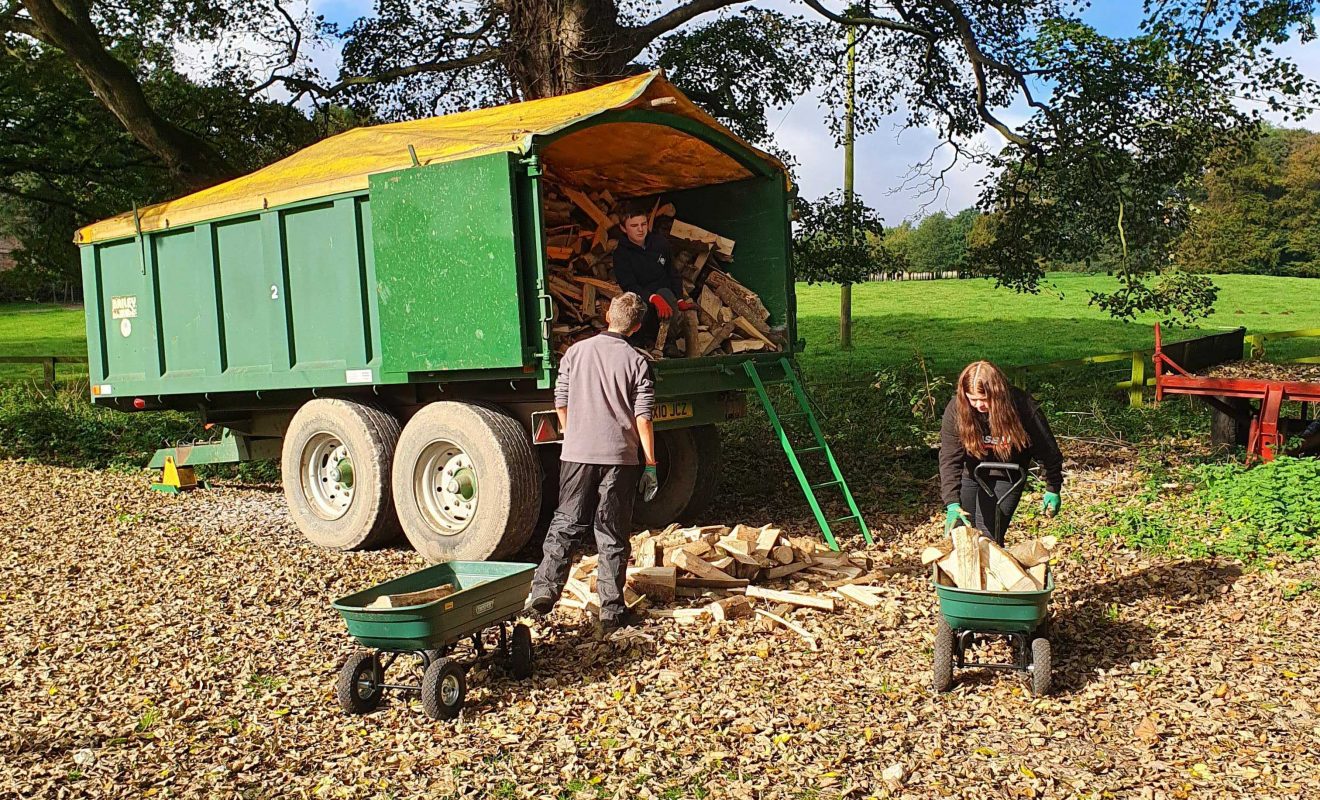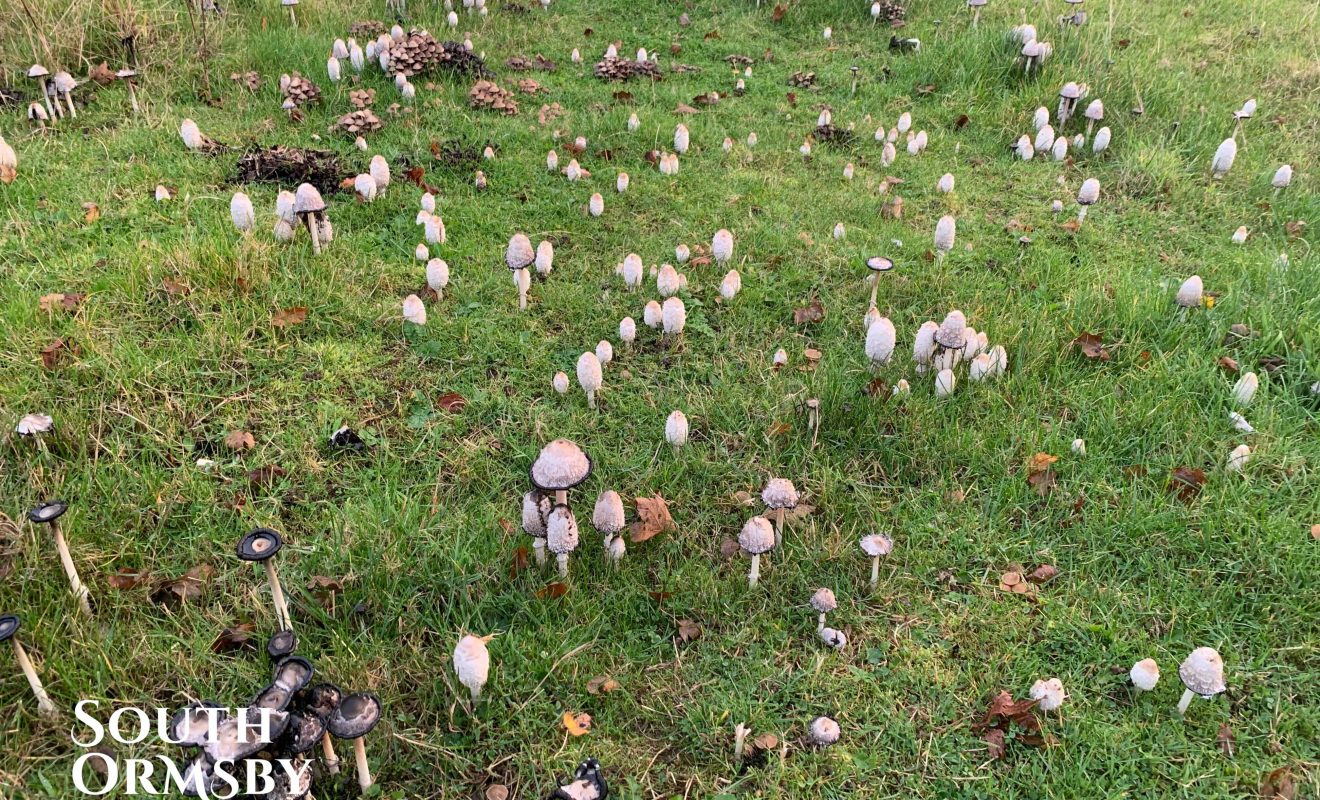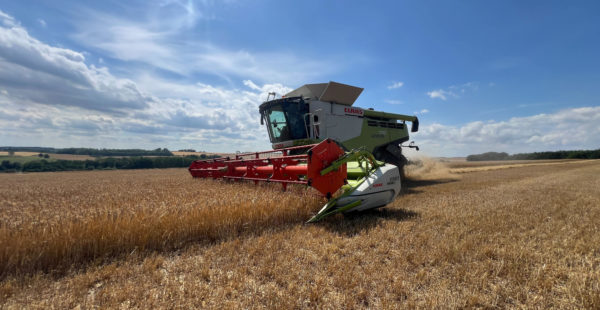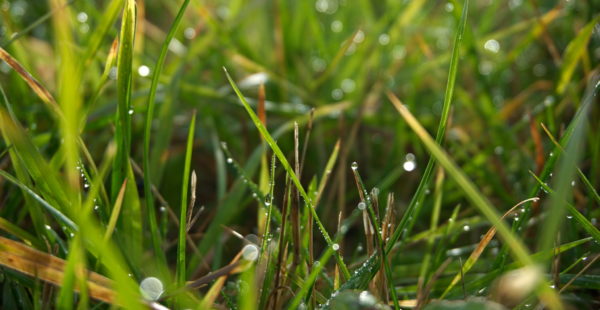A Week on the Estate: Impatient Reds, Ketsby Fencing & Fantastic Fungi
This week, we had dreich days and blue-sky days and made the most of all of them. British Summer Time is about to end and we’ll return to GMT and darker mornings. Regardless of this, the Lincoln Red herd will stick to their very own time-zone when it comes to changing paddocks.
Every new day means another fresh paddock for our Lincoln Reds. Our cattle know when it’s time to move on and aren’t shy about it – they stand at the gate calling and staring meaningfully at us until we oblige them.
We have 120 paddocks and rotate several groups of cattle between them every day or two. We often allow a three-month gap to give the grass and other plants chance to grow tall and put down strong roots. Our resident wildlife – insects, birds and mammals – also benefit from these long recovery periods and thrive in the long grass.


